10 Incredible Ways Chinook Helped Shape Sled Dog History

The Chinook may be one of the rarest dog breeds, but its impact on sled dog history is nothing short of legendary. The breed’s legacy extended beyond its lifetime, and Chinook became a respected figure whose contributions were recognized across the country. The following 10 facts highlight the enduring influence that runs deeper than snow tracks.
Founded A Breed
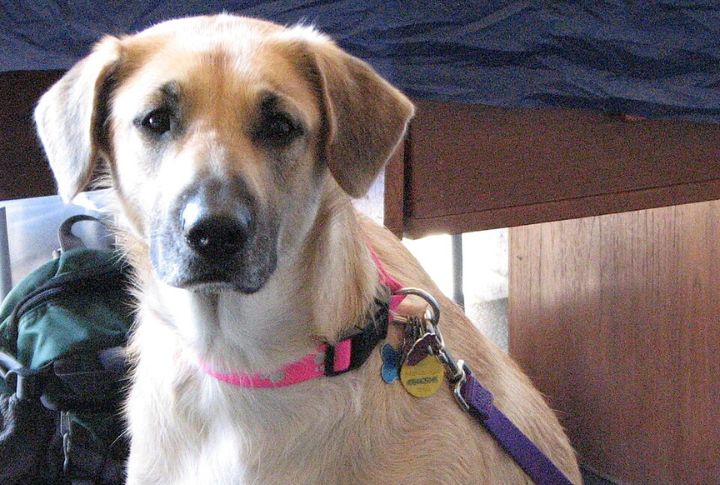
In 1917, Arthur Treadwell Walden founded the Chinook breed in New Hampshire by crossing a Greenland Husky with a Mastiff/St. Bernard mix. His goal? To create the ultimate sled dog. The result was “Chinook,” the legendary lead dog who fathered a legacy.
Antarctic Hero
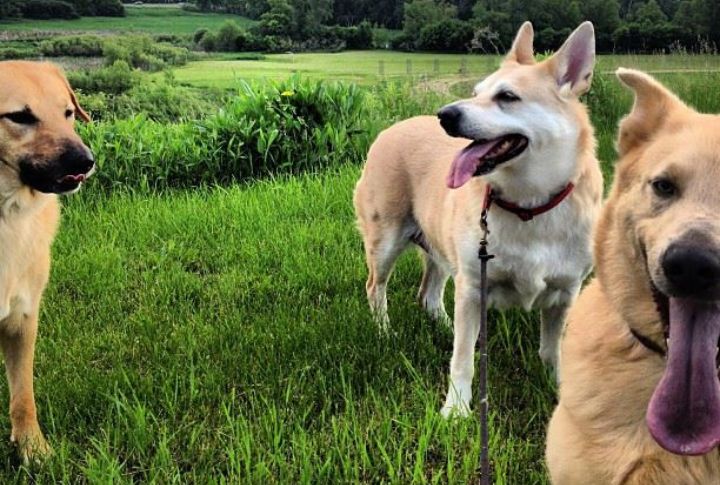
During Admiral Byrd’s 1929 South Pole expedition, Chinook proved vital in one of history’s toughest environments. These dogs hauled supplies across the frozen Antarctic ground, earning praise for their endurance. Few dogs could survive that extreme cold, and fewer still could lead a team under those grueling conditions.
Freight Champion

Unlike most sled dogs, Chinook wasn’t just fast but was also a heavyweight hauler. The ability to pull massive loads across long distances set a high bar. Freighting races and work crews began to measure performance against what Chinook had already achieved.
State Symbol

Chinook’s legacy was never forgotten. The dog’s deep ties to the region made it a local legend. In recognition, New Hampshire named the dog the official state dog decades later, which was a rare honor for any working animal.
Breeding Pioneer

What breeders valued in Chinook was balance. He passed down a rare mix of strength and intelligence. His offspring helped define what a reliable sled dog should be, shaping future generations across working kennels in the U.S.
Family-Friendly Worker
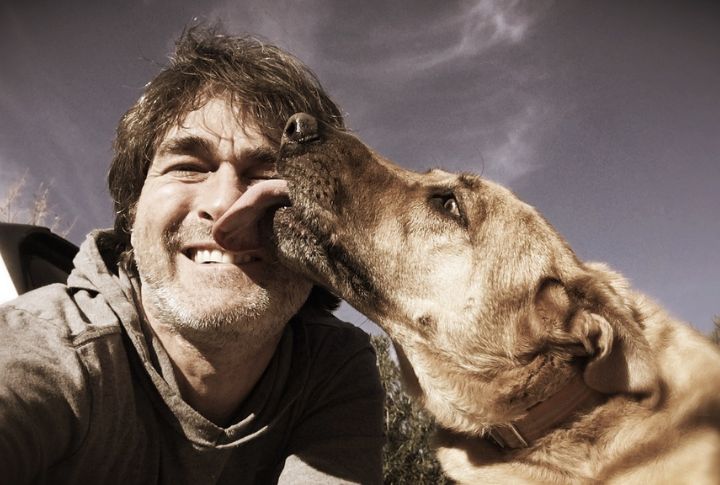
Powerful yet peaceful, Chinook was trusted around kids as much as sleds. While he hauled with muscle and grit, he also displayed patience at home. That dual personality, tough in the wild and gentle with family, made him stand out in the world of working dogs.
Trainer Of Teams
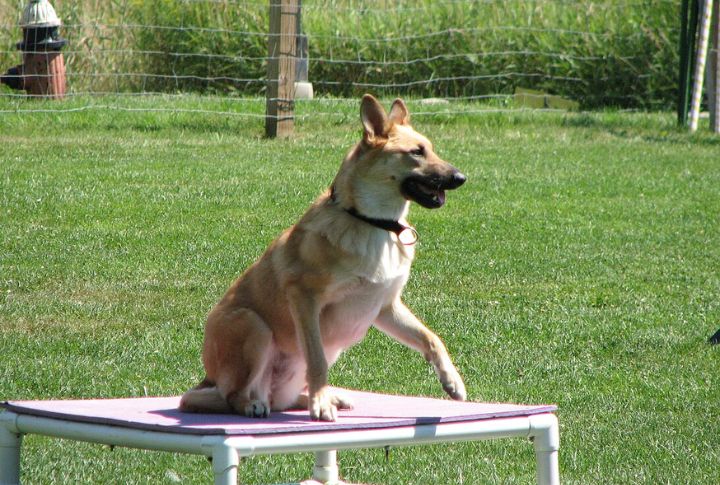
Younger dogs didn’t just run with Chinook—they learned from him. His calm leadership and consistent pace made him the ideal role model. Trainers across New England used him to help new teams grasp teamwork and the discipline required for sled work.
Military Influence
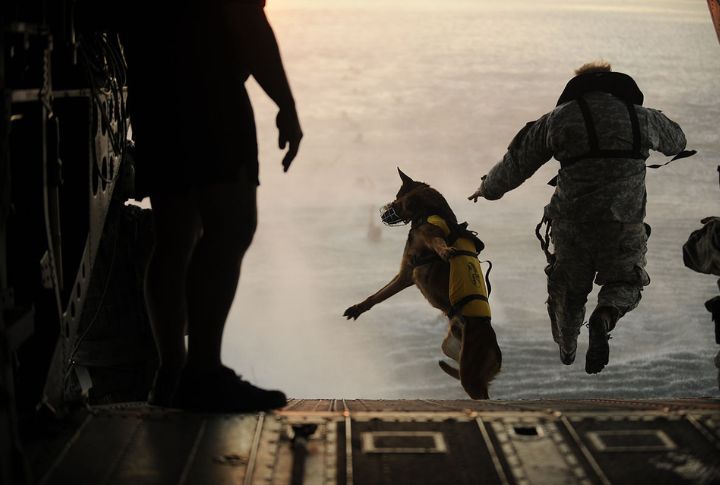
WW2 brought new uses for sled dogs, and Chinook’s legacy played a part. His traits—stamina and toughness—helped guide military choices. Teams in icy terrain needed dogs like him, and the standards he set became benchmarks for military dog training.
Saved From Extinction

By the 1980s, Chinook’s breed was nearly wiped out as just 11 remained worldwide. Thanks to dedicated breeders and conservationists, the line rebounded. Today, preservation efforts continue to protect the dog’s genetic legacy and ensure the name remains a part of sled dog history.
Legacy On The Trails

Hikers in the Pacific Northwest now walk a path bearing the name of the dog: the Chinook Trail. It celebrates resilience and the outdoor spirit he represented. Beyond racing and freight, Chinook inspired a culture of wilderness appreciation that lives on through recreation.





